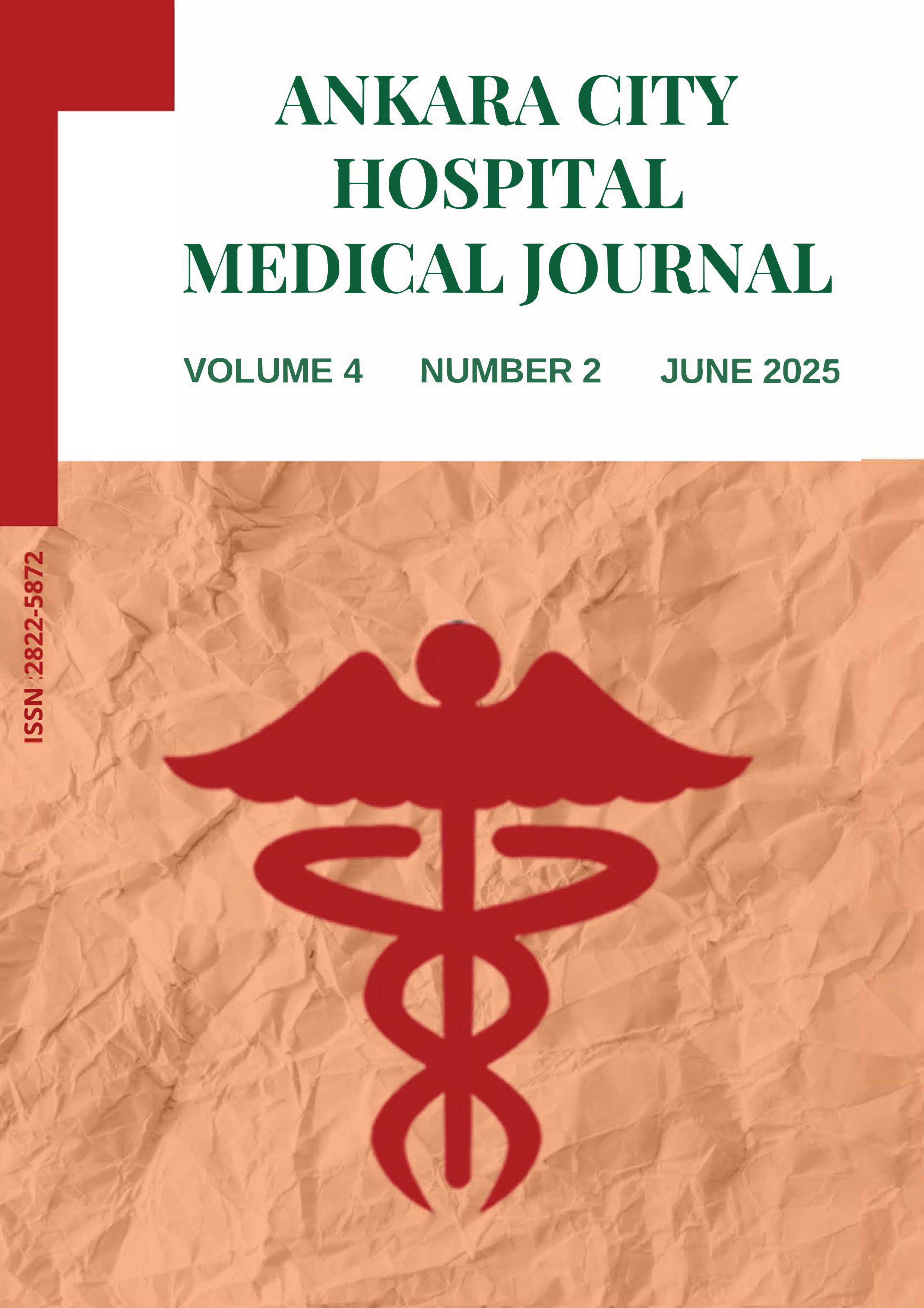
Eosinophilia Due To Famotidine Use In COVID-19 Patients
Oguzhan Zengin, Emine Sena Sözen, Burak Göre, Merve Evli, Muge Buyukaksoy, Enes Seyda Şahiner, Osman İnan, İhsan AteşAnkara City Hospital, Internal Medicine, Ankara, TürkiyeINTRODUCTION: Famotidine has been suggested as a potential treatment for coronavirus disease 2019 (COVID-19). We compared the incidence of COVID-19 outcomes (i.e. death and need for oxygen therapy or intensive service use) among hospitalized patients who received famotidine therapy and those who did not.
METHODS: We conducted a retrospective cohort study using data from COVID-19 Ankara Bilkent City Hospital electronic health records. The study population was COVID-19 hospitalized patients aged 18 years or older.
RESULTS: A total of 99 patients, 52 male and 47 female, aged between 20 and 93, were included in the study. All patients received standard of care (SOC) medications (favipiravir, hydroxychloroquine, low molecular weight heparin, acetylsalicylic acid or dipyridamole). 63 patients received famotidine treatment.36 patients did not receive famotidine.47 patients had decreased saturation and needed oxygen therapy. 38 patients who received famotidine needed anti-inflammatory treatment.There were 53 patients with fever, 49 with headache, 52 with dyspnea, 65 with cough, and 31 with decreased taste. Compared to the patients who were not treated with famotidine, the oxygen requirement was found to be lower in the patients treated with famotidine (p1: 0.001), but the eosinophil value increased after the treatment (p1: 0.025).
While there were 10 patients who needed ICU (Intensive Care Unit), mortality developed in 8 patients. The mean hospital stay was 10.89±6.6 days.
DISCUSSION AND CONCLUSION: According to our study, treatment with famotidine achieved a better clinical outcome compared to the control group in severe COVID-19 illness, although no significant survival benefit was found. The eosinophil level was found to be increased after treatment with famotidine.There are studies in the literature showing that eosinophilia increases thromboembolism. We do not recommend the use of famotidine treatment in patients with COVID-19 who have high eosinophil levels, as this may further aggravate the clinical picture in COVID-19 patients.
Manuscript Language: English
(816 downloaded)









